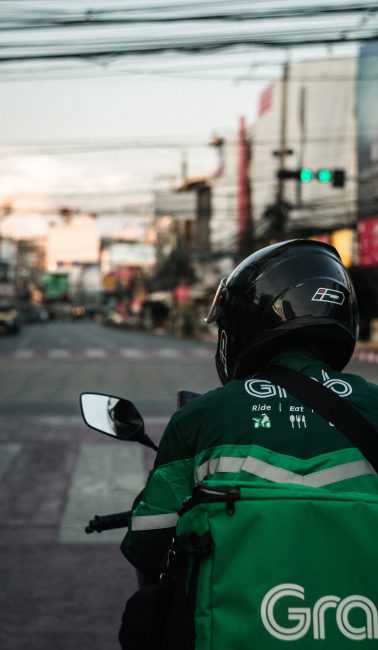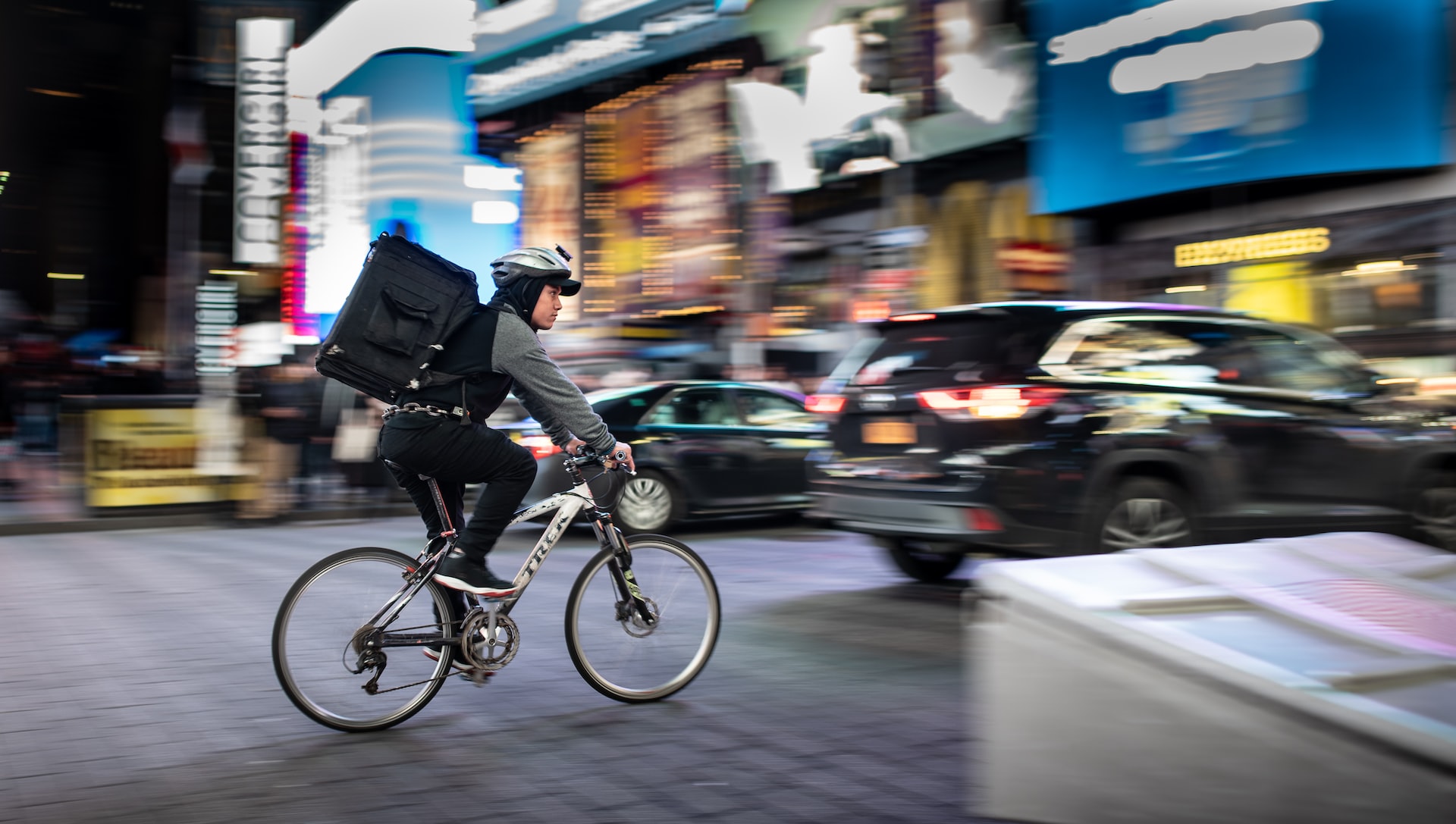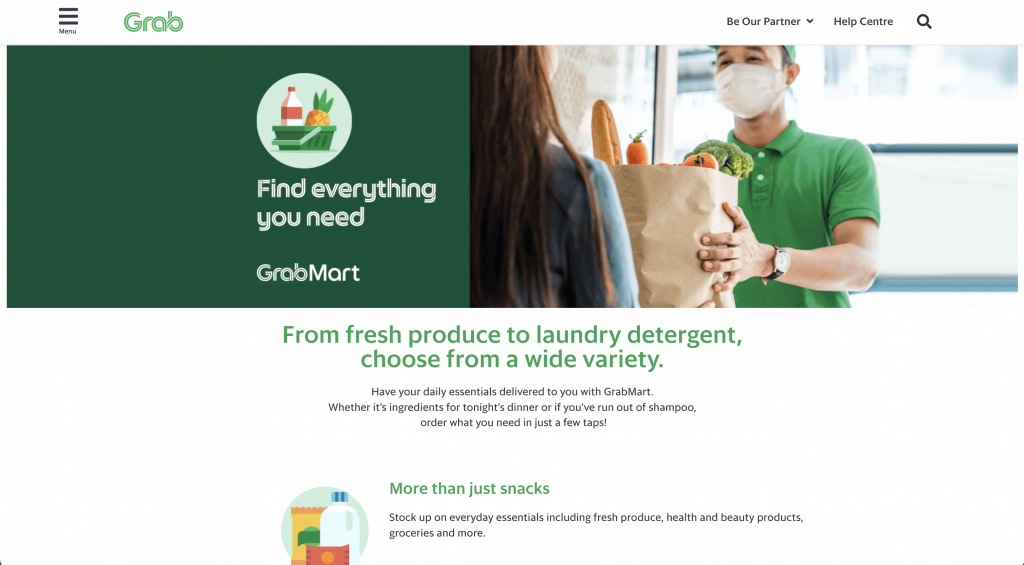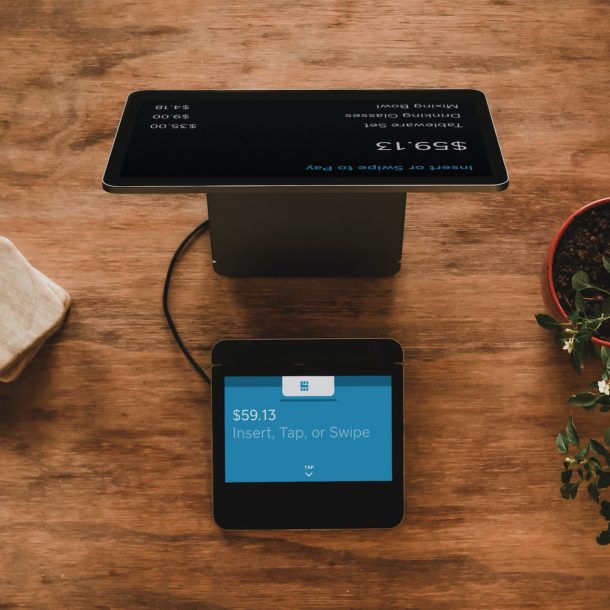Q-commerce is gaining momentum across Southeast Asia, driven by inflated expectations regarding food delivery times amid the pandemic.
Two years ago, if one ran out of medicines or other household essentials, one would rush to the nearest store. In the post-pandemic world, that’s no longer a given. Movement control may mean you need to stay put. But that doesn’t mean the customer is happy to wait—and suddenly, online grocers are being expected to deliver in 30, 15, or even 10, minutes.
Enter ‘quick commerce’ (aka ‘q-commerce’), where delivery is guaranteed in a short time frame. The first thing that quick commerce relies on is a greater impatience with people in waiting for things. If you have been used to receiving an item in three days, then one day, then a few hours, why can’t I get it in 15 minutes? So that is one thing that is pushing it forward. The other thing is just laziness.

Southeast Asia has some of the most densely populated nations in the world, and the addition of last-mile transport could only worsen current traffic and carbon footprint issues. But platforms like Grab and Foodpanda are setting up their own dark stores—local fulfillment centres where orders can be picked up from—across geographies to minimise delivery time.
Naysayers say there’s an important risk around business sustainability. First, it’s more of a first-world trend where you are paying a premium for convenience. Second, most of the time, people don’t need something in 15 minutes.
According to some, there will be a small segment of things such as FMCGs or food where you want to have at your door in 15 minutes but, overall, getting quickly your snacks for the night will not be your top priority problem.
Indeed, if we take a look at the currently more mature U.S. q-commerce market (in Southeast Asia, the sector is still nascent), there seems to be already a shift in expectations.

A consumer survey found that people in the U.S. who buy groceries for same-day or faster delivery said low or no delivery fees (61%) and the price of items (53%) are the most important factors to them, while getting the fastest delivery is less important (40%).
Grab already recognises that different users have different delivery timing expectations.
With its GrabMart on-demand deliveries, it now gives users the flexibility to choose between swift or slow delivery times.
There’s no doubt that with the pandemic, the in-store experience becomes less important. Instead, the delivery and effective cost to the consumer become key factors. So perhaps it’s a trend that is going to stay with us for a while.
There’s no doubt that with the pandemic, the in-store experience becomes less important. Instead, the delivery and effective cost to the consumer become key factors. So perhaps it’s a trend that is going to stay with us for a while.











